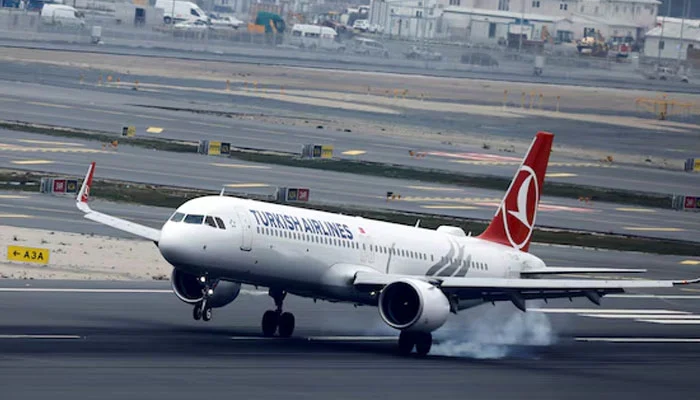
A seemingly routine flight turned into a moment of sheer terror when a pilot tragically passed away mid-air, forcing an emergency landing in New York. This article will explore the gripping details of the incident, how the co-pilot averted disaster, and the lessons learned from this harrowing experience.
The Mid-Air Crisis
It was a normal day for passengers aboard the aircraft, with many unaware of the life-and-death struggle happening in the cockpit. The tragic moment occurred unexpectedly when the pilot, in control of the aircraft, experienced a medical emergency that led to his sudden death. Panic ensued as the cabin crew rushed to assess the situation, realizing that their primary flight controller was incapacitated.
Passenger Reactions to the Tragedy
As the news spread through the cabin, passengers were engulfed by fear and uncertainty. Some passengers attempted to remain calm, while others were visibly shaken by the announcement. In the face of the unknown, the crew’s professionalism was tested to its limits as they worked to comfort the worried passengers.
Immediate Impact on the Aircraft
The sudden loss of the pilot had immediate ramifications for flight operations. The aircraft, traveling at high altitudes, required skilled hands to maintain its trajectory and altitude. The pilot’s death posed a critical situation for the plane’s balance, forcing the co-pilot to act swiftly.
Technical Implications
Aircraft systems, although sophisticated, require human intervention in many critical situations. This section delves into how autopilot systems, while valuable, are not always enough when handling mid-flight emergencies like this one.
The Role of the Co-Pilot
In this tragic situation, the co-pilot became the lifeline for everyone on board. With remarkable professionalism and presence of mind, they took over full control, stabilizing the aircraft, and preventing the situation from spiraling further.
Co-Pilot’s Quick Thinking
By following strict aviation procedures and maintaining communication with ground control, the co-pilot’s decisive actions ensured the safety of the passengers and crew, navigating a seamless emergency landing in New York.
Emergency Protocols in Aviation
Aviation is built on rigorous protocols, especially for emergencies like the incapacitation of a pilot mid-flight. Airlines enforce strict training programs to ensure that crew members are prepared to handle such incidents.
The Emergency Landing in New York
Despite the unimaginable pressure, the emergency landing was executed flawlessly. This section explores how New York’s air traffic control played a pivotal role in guiding the co-pilot through the landing process.
Conclusion
This tragedy highlights the incredible resilience and preparedness of aviation professionals in the face of unimaginable challenges. While the pilot’s death was tragic, the emergency response demonstrated the safety measures in place to protect lives. As aviation evolves, lessons from incidents like these will continue to shape protocols, ensuring that safety remains the highest priority.



